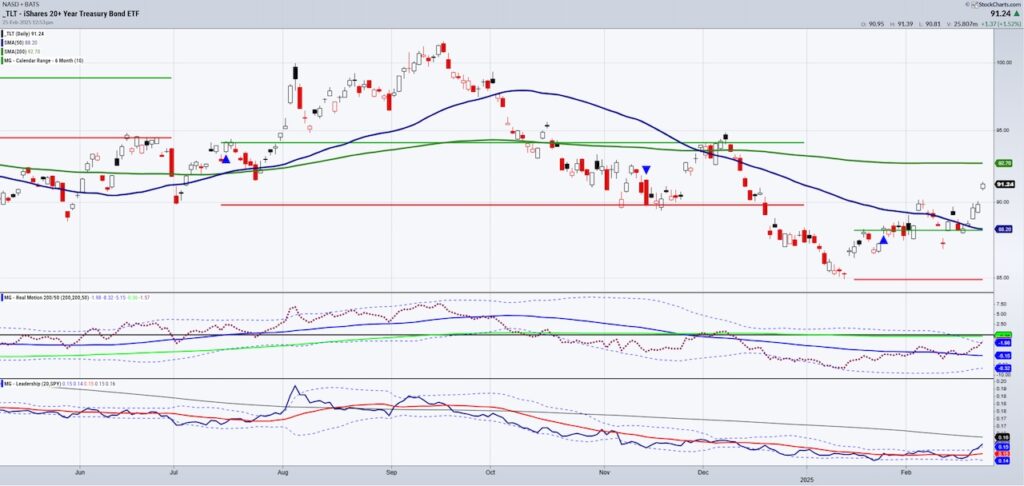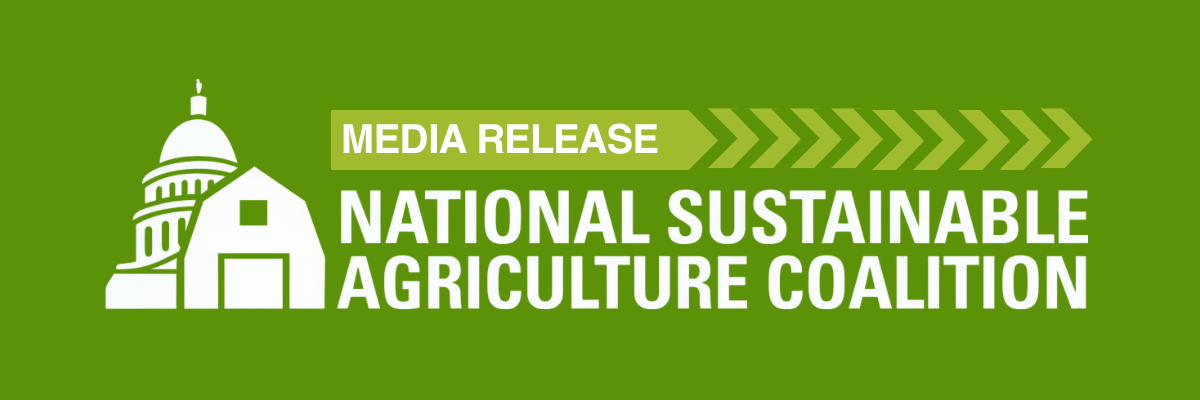Climate change risk – TLT LLP

Report on Integrating Climate Action and Sustainable Development Goals into Real Estate Portfolio Management
The real estate sector represents a critical component in the global effort to meet climate commitments and achieve the United Nations Sustainable Development Goals (SDGs). The decarbonisation of property portfolios is a strategic imperative that aligns with key global targets, offering a pathway to future-proof assets against climate-related risks. Integrating climate considerations into corporate governance and commercial decision-making is essential for long-term operational, reputational, and financial resilience.
Climate change impacts extend beyond physical risks, such as flooding, to include transitional risks like evolving regulations, market shifts, and policy changes. These factors can significantly affect the ability to insure, sell, develop, or finance property assets. Proactive alignment of estate management with sustainability objectives is crucial for mitigating these risks and advancing progress towards several SDGs.
Strategic Alignment with Sustainable Development Goals (SDGs)
A forward-thinking real estate strategy must be intrinsically linked to the SDGs. Key goals directly impacted by sustainable property management include:
- SDG 11 (Sustainable Cities and Communities): Developing resilient, safe, and sustainable properties is fundamental to creating sustainable urban environments.
- SDG 13 (Climate Action): Decarbonising buildings and implementing adaptation measures are direct contributions to mitigating climate change.
- SDG 7 (Affordable and Clean Energy): Improving energy efficiency and incorporating renewable energy sources in properties supports the transition to clean energy.
- SDG 9 (Industry, Innovation, and Infrastructure): Upgrading real estate assets to be resilient and sustainable fosters innovation and builds durable infrastructure.
- SDG 12 (Responsible Consumption and Production): Managing real estate portfolios sustainably promotes responsible and efficient use of resources.
- SDG 17 (Partnerships for the Goals): Collaboration with a network of professional advisors is essential for implementing comprehensive sustainability strategies.
A Framework for Assessing Climate Risk in Alignment with SDG Targets
To effectively integrate climate resilience and sustainability, businesses should adopt a structured approach to portfolio assessment. The following five-step framework provides a methodology for aligning real estate management with the SDGs.
-
Conduct a Portfolio-Wide Climate Exposure Audit
A comprehensive review of each property is required to determine its vulnerability to climate change. This assessment should identify potential physical and transitional risks. By understanding these exposures, mitigation strategies can be incorporated into ongoing estate management, enhancing asset resilience in line with the targets of SDG 11 and SDG 13.
-
Review Lease Agreements with ESG and SDG Objectives
Lease agreements must be reviewed to ensure they facilitate the achievement of sustainability goals. Incorporating “green lease” clauses allows for property alterations, such as the installation of solar panels or the upgrading of machinery to more energy-efficient options. This directly supports SDG 7 (Affordable and Clean Energy) and SDG 12 (Responsible Consumption and Production) by enabling sustainable property operations.
-
Evaluate Energy Performance and Plan for Future Standards
The Energy Performance Certificate (EPC) rating of each property must be assessed. The accompanying report provides recommendations for improvements that can increase energy efficiency. With Minimum Energy Efficiency Standards (MEES) expected to become stricter, proactive upgrades are necessary to future-proof assets. This planning is a direct action towards achieving SDG 7 and contributes to building the sustainable infrastructure envisioned in SDG 9.
-
Embed Climate Risk into Acquisition Due Diligence
Climate change risks must be a central component of the due diligence process for all property acquisitions. Utilising climate change risk searches and ensuring legal reporting addresses these factors is critical. For leased properties, heads of terms should include green clauses that support ESG goals. This ensures that new assets contribute positively to climate action (SDG 13) and sustainable urban development (SDG 11) from the outset.
-
Leverage Multi-Stakeholder Partnerships
Achieving comprehensive climate resilience requires collaboration across a network of professional advisors, a principle central to SDG 17 (Partnerships for the Goals). Engaging with various experts provides critical insights for a holistic strategy.
- Insurance Brokers: Can advise on the current and future availability of insurance coverage for climate-related losses.
- Building Surveyors and Climate Risk Consultants: Can evaluate specific risks and recommend adaptation and resilience measures to support SDG 9 and SDG 11.
- Valuers: Can provide analysis on how identified risks may impact the current and future market value of the property portfolio.
Taking early and decisive action to address climate risks ensures that real estate portfolios remain resilient, valuable, and fit for purpose, while making a tangible contribution to the global Sustainable Development Goals.
1. Which SDGs are addressed or connected to the issues highlighted in the article?
-
SDG 7: Affordable and Clean Energy
The article emphasizes improving energy efficiency in buildings through Energy Performance Certificate (EPC) ratings and suggests installing renewable energy sources like solar panels.
-
SDG 9: Industry, Innovation and Infrastructure
The focus on making real estate portfolios resilient, future-proofing assets, and upgrading machinery to more sustainable options directly relates to building resilient infrastructure and promoting sustainable industrialization.
-
SDG 11: Sustainable Cities and Communities
The article discusses managing climate risks such as flooding in properties, which is central to making cities and human settlements safe, resilient, and sustainable. It also promotes sustainable planning and management of real estate assets.
-
SDG 13: Climate Action
The entire article is centered on taking urgent action to combat climate change and its impacts on the real estate sector. It calls for integrating climate risk assessment into business strategies, strengthening resilience, and adapting to climate-related hazards.
2. What specific targets under those SDGs can be identified based on the article’s content?
-
SDG 7: Affordable and Clean Energy
- Target 7.2: By 2030, increase substantially the share of renewable energy in the global energy mix. This is addressed by the article’s suggestion to permit “alterations for installation of solar panels” in lease agreements.
- Target 7.3: By 2030, double the global rate of improvement in energy efficiency. This is directly supported by the detailed discussion on checking and improving a property’s “EPC rating” and upgrading “plant and machinery to more sustainable options.”
-
SDG 9: Industry, Innovation and Infrastructure
- Target 9.4: By 2030, upgrade infrastructure and retrofit industries to make them sustainable, with increased resource-use efficiency and greater adoption of clean and environmentally sound technologies and processes. The article’s call to “futureproof assets,” “decarbonise real estate portfolios,” and “upgrading of plant and machinery” aligns with this target.
-
SDG 11: Sustainable Cities and Communities
- Target 11.5: By 2030, significantly reduce the direct economic losses caused by disasters, including water-related disasters. This is relevant to the article’s warning about physical risks like “flooding” and the financial impact they can have on property value and insurability.
- Target 11.b: By 2020, substantially increase the number of cities and human settlements adopting and implementing integrated policies and plans towards mitigation and adaptation to climate change, resilience to disasters. The article provides a 5-step plan for businesses to implement strategies for climate adaptation and resilience across their real estate portfolios.
-
SDG 13: Climate Action
- Target 13.1: Strengthen resilience and adaptive capacity to climate-related hazards and natural disasters in all countries. The core message of the article is to assess and mitigate climate risks (“flooding or subsidence,” “heat stress”) to ensure the estate “remains resilient.”
- Target 13.2: Integrate climate change measures into policies, strategies and planning. The article advocates for embedding climate risk “into decision-making,” “estate management strategy,” and the “acquisitions” process for real estate.
3. Are there any indicators mentioned or implied in the article that can be used to measure progress towards the identified targets?
-
For Target 7.2 (Increase renewable energy share)
- Indicator: The installation of renewable energy technologies. The article explicitly mentions the “installation of solar panels,” which can be quantified by the number of installations or the energy capacity added.
-
For Target 7.3 (Improve energy efficiency)
- Indicator: The Energy Performance Certificate (EPC) rating of a property. The article states one should “Check the EPC rating of your property” and make improvements, making the rating itself a direct indicator of energy efficiency performance.
-
For Target 13.1 (Strengthen resilience and adaptive capacity)
- Indicator: The completion of climate risk assessments. The article’s first step is to “Audit your estate for climate exposure,” implying that the number or percentage of properties audited is a measure of progress.
- Indicator: Implementation of adaptation measures. The article mentions incorporating “mitigation as part of your ongoing estate management,” which can be measured by tracking the specific resilience measures implemented (e.g., flood defenses).
-
For Target 13.2 (Integrate climate change measures)
- Indicator: Adoption of sustainable policies in legal and financial agreements. The article suggests including “green lease clauses” and using “climate change risk searches” during acquisitions. The percentage of leases or acquisitions incorporating these elements can be used as an indicator.
4. Table of SDGs, Targets, and Indicators
| SDGs | Targets | Indicators |
|---|---|---|
| SDG 7: Affordable and Clean Energy | 7.2: Increase substantially the share of renewable energy in the global energy mix. | Number/capacity of solar panels installed on properties. |
| 7.3: Double the global rate of improvement in energy efficiency. | The Energy Performance Certificate (EPC) rating of properties. | |
| SDG 9: Industry, Innovation and Infrastructure | 9.4: Upgrade infrastructure and retrofit industries to make them sustainable. | Investment in or percentage of upgraded sustainable plant and machinery. |
| SDG 11: Sustainable Cities and Communities | 11.5: Significantly reduce direct economic losses from disasters. | Valuation reports that factor in climate risks like flooding. |
| 11.b: Increase adoption of integrated policies and plans for climate change mitigation and adaptation. | Number of properties with an estate management strategy that incorporates climate risk. | |
| SDG 13: Climate Action | 13.1: Strengthen resilience and adaptive capacity to climate-related hazards. | Percentage of properties in a portfolio that have undergone a climate exposure audit. |
| 13.2: Integrate climate change measures into policies, strategies and planning. | Percentage of property leases that include “green lease clauses.” |
Source: tlt.com

What is Your Reaction?
 Like
0
Like
0
 Dislike
0
Dislike
0
 Love
0
Love
0
 Funny
0
Funny
0
 Angry
0
Angry
0
 Sad
0
Sad
0
 Wow
0
Wow
0








































































